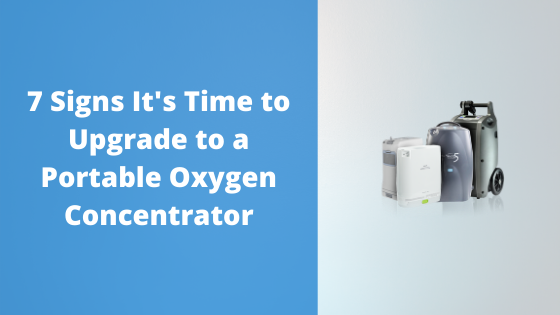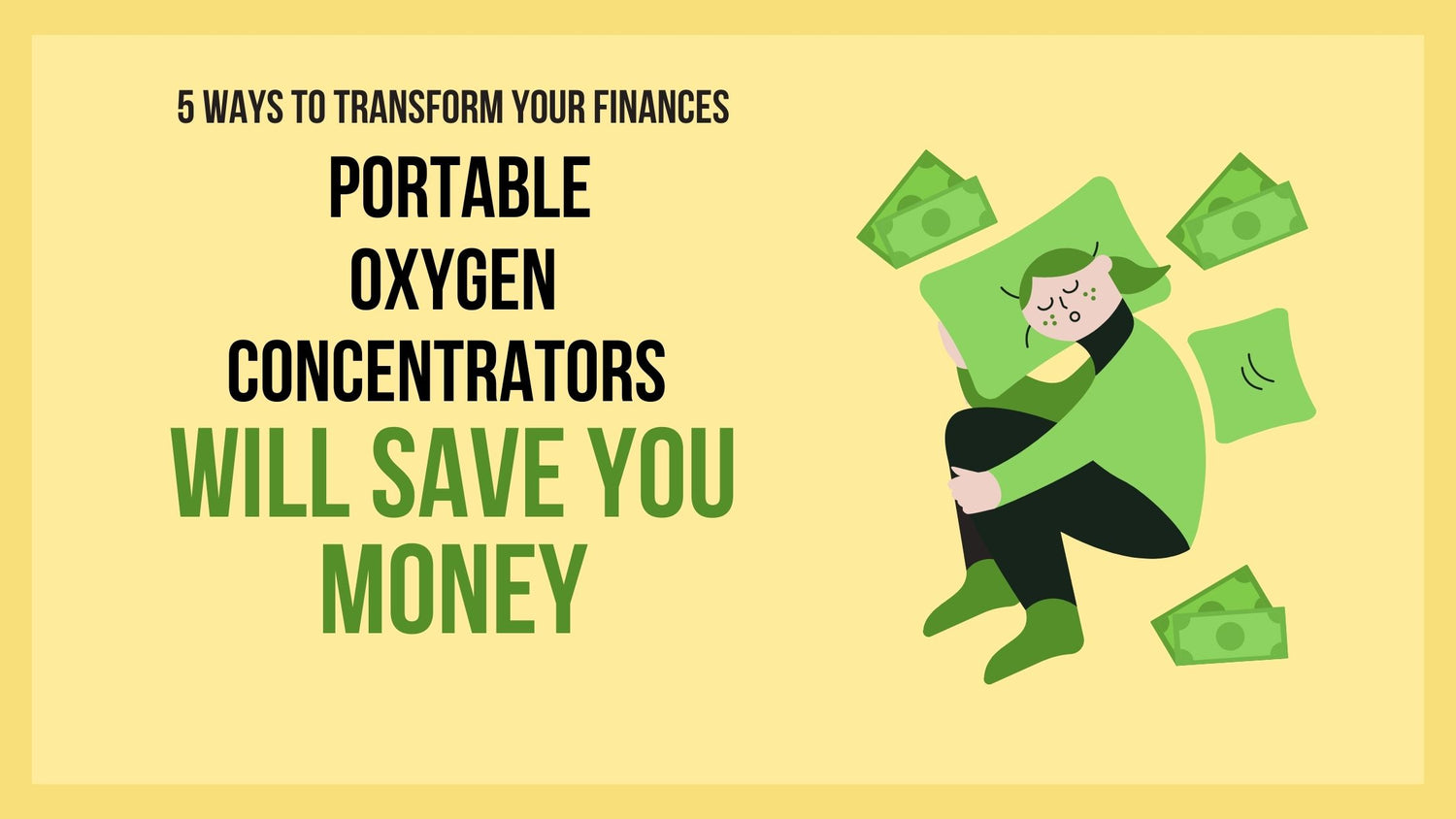Respiratory Resource Center - LPT Medical
The Top 4 Pulse Flow Portable Oxygen Concentrators
Pulse flow portable oxygen concentrators are different from continuous-flow concentrators in...
Read More7 Signs It's Time to Upgrade to a Portable Oxygen Concentrator
Life has a tendency to throw some curveballs from...
Read More5 Ways to Transform your Finances: Portable Oxygen Concentrators Will Save You Money
Many Americans have struggled to make decisions about...
Read More

